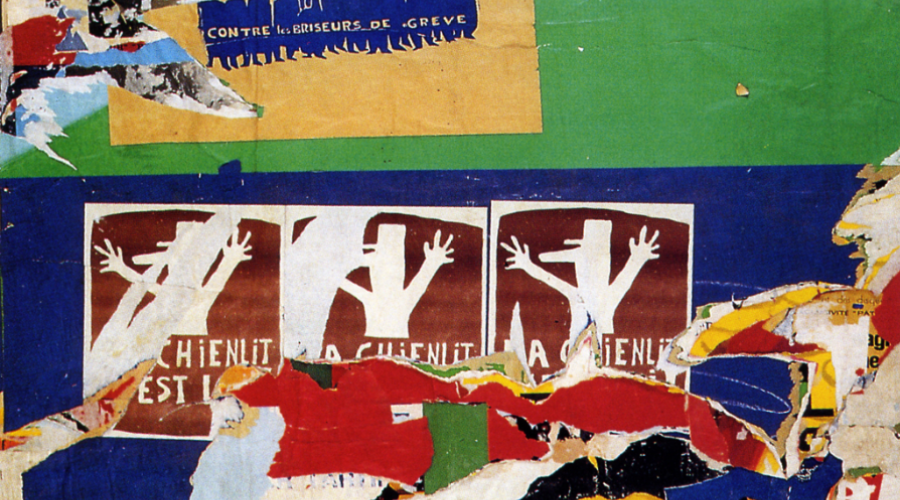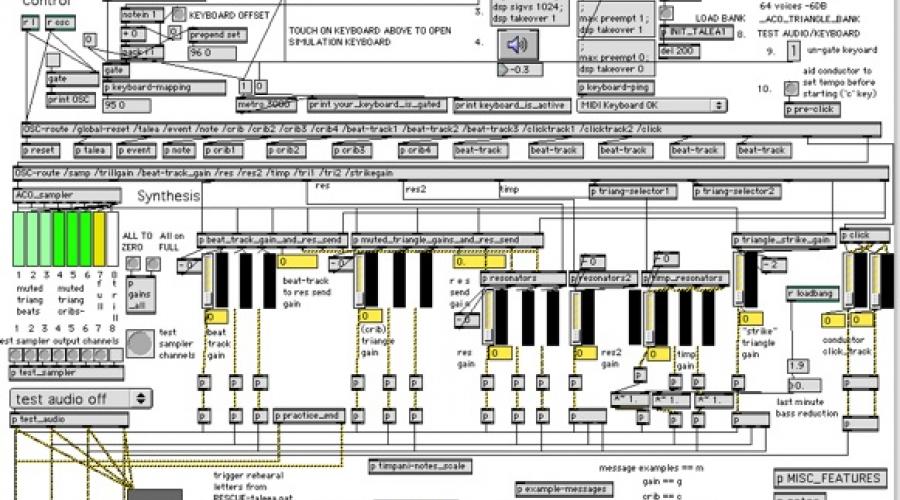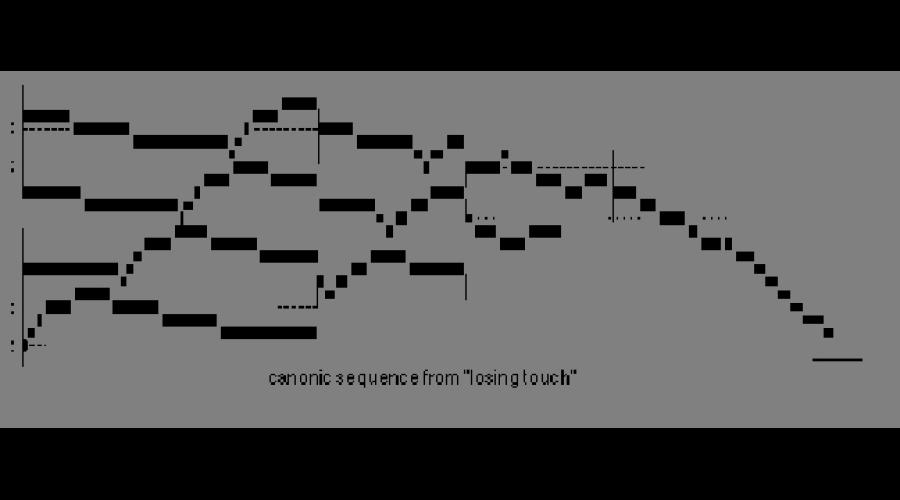68
Why do we create art and what do we expect it to do? This is the question posed in 68. In the beginning we witness the creative act: a poet, writing and speaking out the earliest fragments of his poems; discovering through experiment his voice, both physically and figuratively.







